In a viral infection the virus gets attached to the walls of the mucous membranes in the respiratory tract causing flu symptoms. Natural herbs provide an effective way to combat viral infections. The following herbs are the most popular flu herbs being used by herbalists today.
Cats claw is a multipurpose herb that treats asthma, inflammations of the urinary tract, arthritis, rheumatism, and bone pain. It is a cleanser herb for the kidney. Women used it to recover from childbirth. Also, it was used to cure deep wounds; inflammation and gastric ulcers. It is now used as a cure against viral diseases also. Cats claw is a woody vine that has thorns growing on the vine that look like the claws of a cat. It can reach over 30 m high into the canopy and has small, yellowish-white flowers. Cats claw is found in South America in the Amazon rain forest of Peru.
Pau darco is a herb derived from the inner bark of the Tabebuia Avellanedae/Tabebuia Impetiginosa (Taheebo) tree in South America. Its tea has been used for cancer victims. Lapachol is a chemical derived from pau darco, is active against viral diseases, is effective against the malarial parasite, inhibits herpes simplex, and restricts the virus that causes cold sores. Low doses of pau darco chemicals activate the immune system.
Jergon sacha is found in the Amazon forest, and in the rainforests of Brazil, Suriname, and Guyana, Peru, Colombia, and Ecuador rainforests. The juice of the fresh rhizomes of Jergon sacha is used as an antidote for spider bites, and for wounds of poisonous dart and arrow. The powdered tuberous rhizome of Jergon sacha is used orally to treat asthma, menstrual disorders, and whooping cough. The root powder of Jergon sacha is used for scabies. The decoction made out of the whole plant of Jergon sacha is put in baths for gout. It is also fancied as treatment for HIV/AIDS, cancerous tumors, gastrointestinal problems, hernias, hand tremors, heart palpitations, and enhancement of immune function.
Echinacea is one of the popular flu herbs in activating the immune system. It can be taken before an aliment happens, in anticipation. Ginseng is another one of the popular flu herbs to increase resistance to stress and disease along with improved energy and stamina. Hyssop can be used as a tea to reduce coughs and congestion. Garlic is a well known flu herb that supports the immune system combat infection. Onion has similar properties as Garlic and should be cooked with food during cold attacks. Ginger contains a dozen antiviral compounds, relieves pain, prevents and treats colds, sore throats and inflammation of mucus membranes. Peppermint treats bronchitis, colds and flu and reduces fevers by inducing sweating which cools the body. It works as a decongestant clearing blocked sinuses. Herbs like Lemon Balm tea promotes sweating and eliminates the toxins from the body. Catnip is good for feverish colds and the flu. Fenugreek is another flu herb that is used for sore throats and coughs. Juniper relieves coughs and flu is its steam after it is boiled with water is inhaled.
------
Author: Patricia McDougall
Patricia McDougall B.Sc. is a
Chartered Herbalist and graduate of the
Dominion Herbal College, Canada.
Patricia is the Director of
Research and Development for
Amazon Botanicals LLC,
a leading manufacturer of
Amazon herbal preparations.
http://www.amazon-botanicals.com/Flu_herbs_s/37.htm
Article Source: http://www.articlealley.com/article_187766_23.html
Image via Wikipedia
Chartered Herbalist and graduate of the
Dominion Herbal College, Canada.
Patricia is the Director of
Research and Development for
Amazon Botanicals LLC,
a leading manufacturer of
Amazon herbal preparations.
http://www.amazon-botanicals.com/Flu_herbs_s/37.htm
Article Source: http://www.articlealley.com/article_187766_23.html
Image via Wikipedia



![Reblog this post [with Zemanta]](http://img.zemanta.com/reblog_b.png?x-id=dcff6151-5bca-445c-a517-87b0be2526a2)


![Reblog this post [with Zemanta]](http://img.zemanta.com/reblog_b.png?x-id=875a1e78-ece8-498d-b7d5-8f1d6f43cbcd)



![Reblog this post [with Zemanta]](http://img.zemanta.com/reblog_b.png?x-id=42b13086-33f5-4e6f-a6db-c8117e4fafc4)

![Reblog this post [with Zemanta]](http://img.zemanta.com/reblog_b.png?x-id=f8d59043-8a2c-40e8-9f68-59f206af2f99)

![Reblog this post [with Zemanta]](http://img.zemanta.com/reblog_b.png?x-id=a4d376ef-b7d4-4556-b2be-db1aa026f889)
![Reblog this post [with Zemanta]](http://img.zemanta.com/reblog_b.png?x-id=58e81173-0678-4a1a-a77f-a593d5506c72)
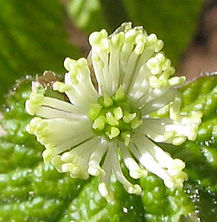
![Reblog this post [with Zemanta]](http://img.zemanta.com/reblog_b.png?x-id=fefedc91-bca9-4895-ba89-e16934f5603d)

![Reblog this post [with Zemanta]](http://img.zemanta.com/reblog_b.png?x-id=1699601b-387b-4c2c-b8af-a19d14b0ec60)

![Reblog this post [with Zemanta]](http://img.zemanta.com/reblog_b.png?x-id=76159a7d-34f2-4311-a9dd-d588e1ceee47)

![Reblog this post [with Zemanta]](http://img.zemanta.com/reblog_b.png?x-id=d211c0b2-bdd2-4843-8a27-47606e0f8776)
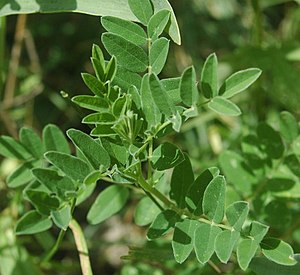
![Reblog this post [with Zemanta]](http://img.zemanta.com/reblog_b.png?x-id=8640b18e-85de-48eb-a1c9-08da14cc1b05)


![Reblog this post [with Zemanta]](http://img.zemanta.com/reblog_b.png?x-id=630ce847-b7a3-4a5e-b484-530f5e5e9a7a)


![Reblog this post [with Zemanta]](http://img.zemanta.com/reblog_b.png?x-id=39a84a52-a521-4972-a620-3b0b04100c45)


![Reblog this post [with Zemanta]](http://img.zemanta.com/reblog_b.png?x-id=b1551795-c7db-49f5-9c98-a3bbe07a1dae)

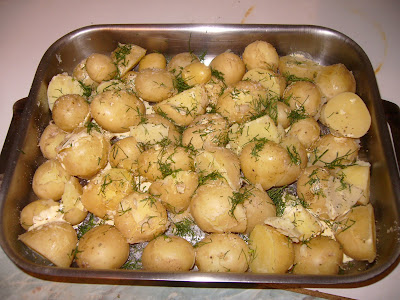
![Reblog this post [with Zemanta]](http://img.zemanta.com/reblog_b.png?x-id=b559d952-b1ee-4c99-a81c-c2b1e74180bf)

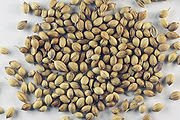
![Reblog this post [with Zemanta]](http://img.zemanta.com/reblog_b.png?x-id=2f26eb5c-6818-4af0-bcda-8dfcf341f084)

![Reblog this post [with Zemanta]](http://img.zemanta.com/reblog_b.png?x-id=023c09ad-e3f8-4b30-b378-713835bd9ed0)

![Reblog this post [with Zemanta]](http://img.zemanta.com/reblog_b.png?x-id=672f9c37-c125-4f53-b2eb-abf9b9650d33)
![Star [Anise] Burst](http://farm1.static.flickr.com/186/411038315_f4268d3f15_m.jpg)

![Reblog this post [with Zemanta]](http://img.zemanta.com/reblog_b.png?x-id=310c811c-91d7-4173-af06-55e52d1ede83)
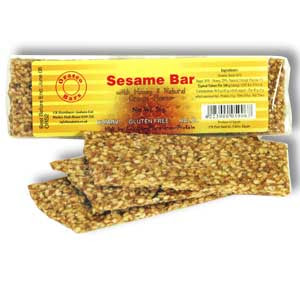
![Reblog this post [with Zemanta]](http://img.zemanta.com/reblog_b.png?x-id=80b273e0-1308-4b6a-8a59-7fb73ff4de89)

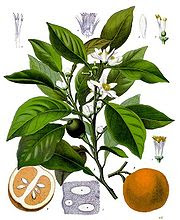
![Reblog this post [with Zemanta]](http://img.zemanta.com/reblog_b.png?x-id=d6735288-9100-428f-8e64-3b0f6c41d29f)